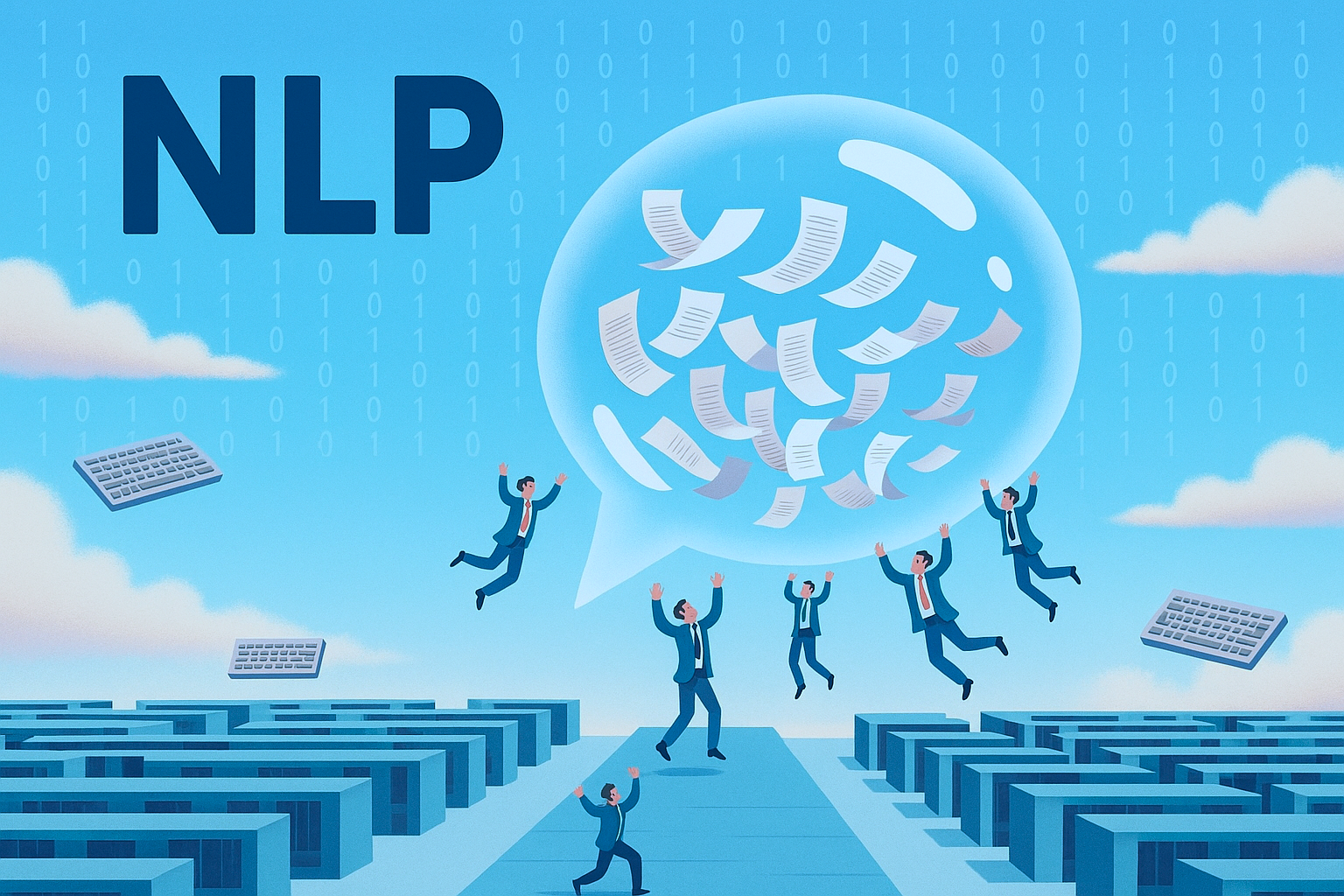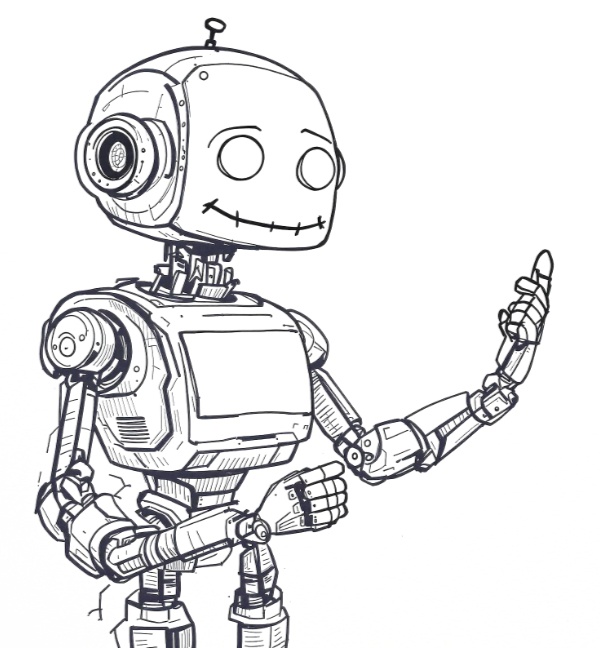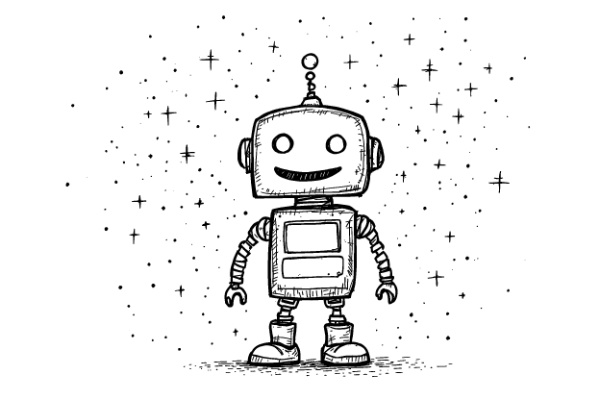Did you know that recruiters spend about 80% of their time screening resumes, only to miss out on top talent because of human error or sheer exhaustion? That’s right - hours hunched over a screen, skimming through endless PDFs, and still, the perfect candidate might slip through the cracks. It’s like trying to find a needle in a haystack while wearing mittens. But what if there was a way to cut through the noise, spot the gems, and do it all faster than you can say “HR nightmare”? Enter natural language processing (NLP), the tech that’s turning recruiting from a slog into a superpower.
I’ll admit, when I first heard about NLP in recruiting, I thought it sounded like something out of a sci-fi movie - computers “understanding” human language? Come on. But then I saw it in action, and let me tell you, it’s less Terminator and more helpful sidekick. Natural language processing is a branch of AI that lets machines interpret, analyze, and even generate human language in a way that’s eerily smart. In recruiting, it’s like giving your hiring team a pair of x-ray goggles to see through the fluff of resumes and pinpoint exactly what you need.
So, What’s the Big Deal?
Let’s break it down. Recruiting is a mess of words - resumes, cover letters, job descriptions, emails, interview notes. It’s a linguistic jungle out there, and humans are notoriously bad at navigating it without bias or burnout. NLP steps in to make sense of this chaos. It can parse a resume in seconds, pulling out skills, experience, and even the vibe of a candidate’s communication. It’s not just about keywords anymore; it’s about context. If a candidate writes “led a team of coders” instead of “project management,” NLP gets it. It sees the synonym, the intent, the bigger picture.
But here’s where it gets wild: NLP doesn’t just read resumes. It can power chatbots that talk to candidates in real time, answering questions about the job or guiding them through applications. It can analyze the tone of an email to gauge a candidate’s enthusiasm. It can even spot biased language in your job postings and suggest fixes to attract a more diverse crowd. This isn’t just automation; it’s augmentation - making recruiters sharper, faster, and fairer.
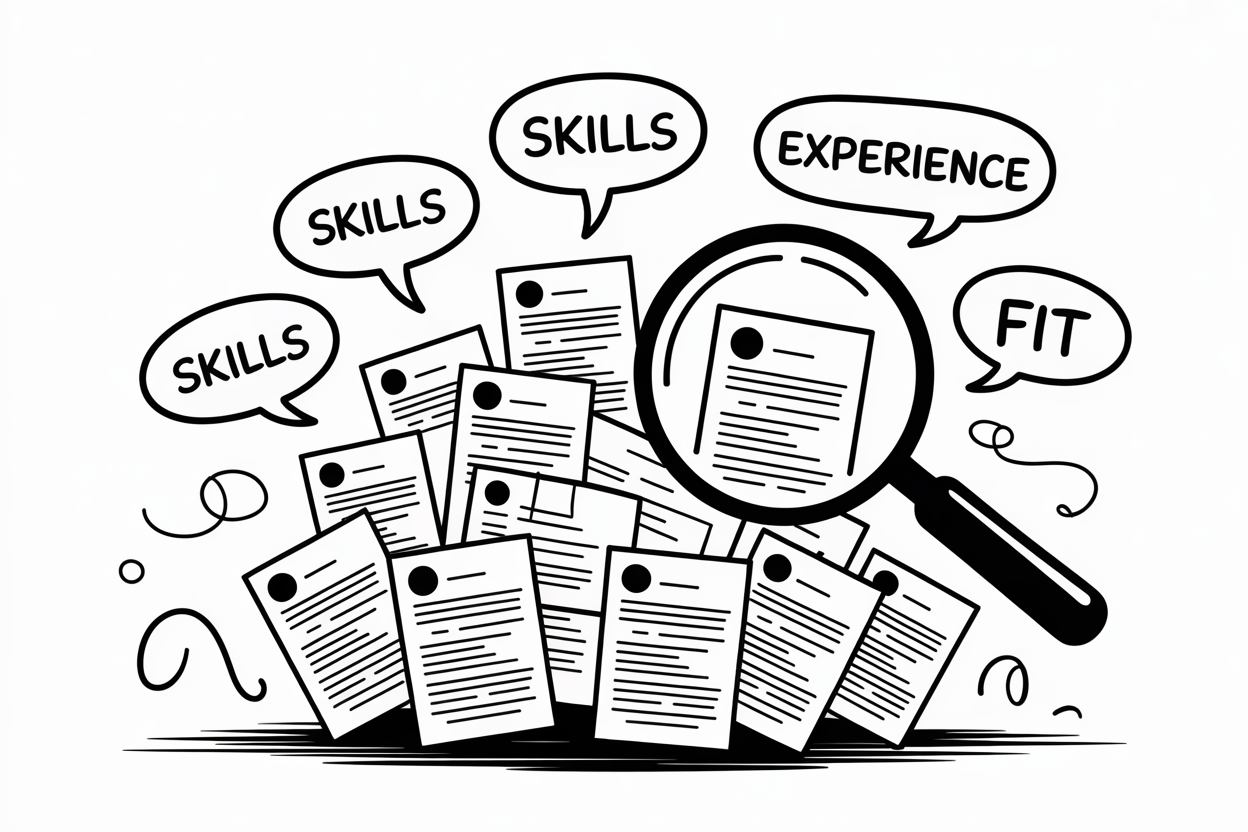
The Hidden Layers of NLP Magic
Now, let’s peel back the curtain. How does this stuff actually work? At its core, NLP uses algorithms - think of them as super-smart librarians - to break down language into bits it can understand. It’s not just matching words like “Python” or “leadership.” It’s diving into the semantics, the structure, the meaning behind the text. For example, when a resume says, “I built apps for fun,” NLP can infer coding skills, creativity, and maybe a dash of passion.
Here’s a quick rundown of what NLP can do in recruiting:
- Resume Parsing: It scans resumes like a speed-reader on steroids, extracting skills, education, and experience without breaking a sweat.
- Candidate Matching: It pairs candidates with jobs by understanding the nuances of their profiles, not just ticking boxes.
- Chatbots: These little bots handle first-round candidate questions, keeping applicants engaged while you sip coffee.
- Sentiment Analysis: It reads between the lines of emails or interviews to pick up on a candidate’s vibe - excited, hesitant, or just faking it.
- Bias Busting: It flags gendered or exclusionary language in job ads, helping you cast a wider net.
Sounds like a dream, right? But here’s the kicker: NLP isn’t perfect. If the data it’s trained on is biased - say, favoring male candidates or certain schools - it can spit out biased results. It’s like teaching a kid to cook with a bad recipe; the dish might still be edible, but it’s not what you wanted. That’s why companies like Unilever, who slashed hiring time with NLP, pair it with human oversight to keep things fair.
Why Should You Care?
Okay, so NLP is cool tech. But why does it matter? Because recruiting is a battlefield, and the stakes are high. The job market is tighter than a hipster’s jeans, with top talent getting snapped up faster than free pizza. Companies that can screen, match, and engage candidates quickly have a massive edge. NLP cuts time-to-hire by up to 75%, according to IBM, letting you nab that star developer before your competitor does.
Then there’s the fairness angle. We all want to hire diversely, but humans are messy. We favor people who sound like us, look like us, or went to the same college. NLP, when done right, strips away those biases by focusing on skills and qualifications. LinkedIn found that companies prioritizing diversity are 35% more likely to outperform their rivals. Fair hiring isn’t just ethical - it’s a business win.
And let’s talk candidate experience. Nobody likes applying to a job and hearing crickets. NLP-powered chatbots keep candidates in the loop, answering questions and updating statuses in real time. Deloitte says this can boost candidate satisfaction by a whopping 30%. In a world where Glassdoor reviews can make or break your employer brand, that’s gold.
The Catch (Because There’s Always One)
I’m not gonna lie - NLP isn’t a magic wand. It’s a tool, and tools can be misused. For starters, it’s only as good as the data it’s fed. If your training data is a dumpster fire of old, biased resumes, you’re gonna get biased outputs. Then there’s the context problem. NLP can misread sarcasm or cultural nuances, like when a candidate’s “I’m a rockstar” gets flagged as arrogance instead of confidence.
There’s also the human factor. Some recruiters worry NLP will make their jobs obsolete. Spoiler: it won’t. It’s here to handle the grunt work - screening, sorting, scheduling - so you can focus on the human stuff, like building relationships and spotting potential. Think of it as a trusty sidekick, not a replacement.
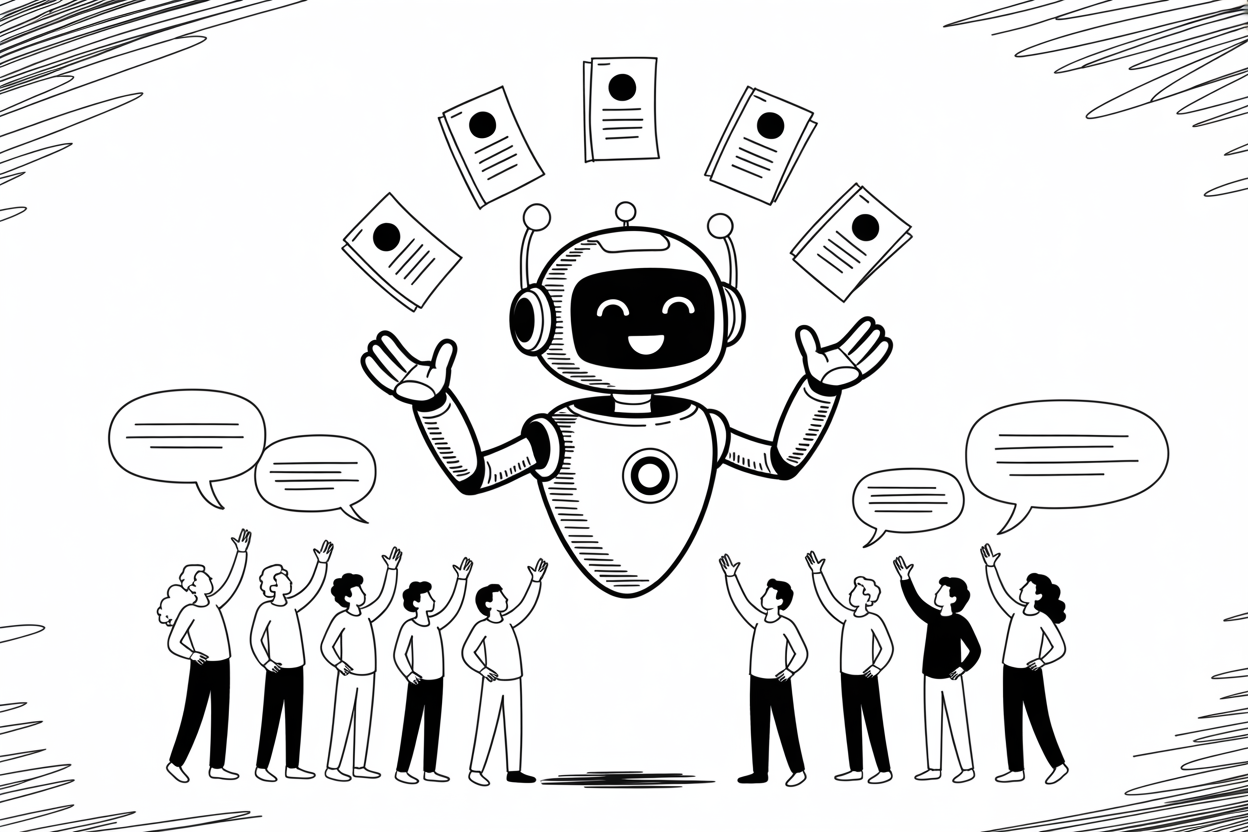
The Future Is Now (and It’s Kinda Wild)
Here’s where my jaw dropped. NLP isn’t just about today - it’s shaping the future of recruiting. Imagine predictive analytics that don’t just match candidates but forecast how well they’ll perform based on past hires. Or chatbots so smart they can conduct full-blown interviews, picking up on subtle cues like hesitation or excitement. Companies like Google and IBM are already pushing these boundaries, using deep learning to make NLP even more intuitive.
But what keeps me up at night (in a good way) is the potential for NLP to redefine how we think about talent. Instead of obsessing over buzzwords like “MBA” or “10 years’ experience,” NLP lets us dig deeper - finding candidates who might not fit the mold but have the raw potential to shine. It’s like discovering a indie band before they hit the charts.
A Real-World Example to Chew On
Picture this: a Fortune 500 company struggling with high-volume hiring decides to integrate NLP into their video interview process. Instead of relying solely on human intuition, they use NLP to analyze candidates’ responses - not just what they say, but how they say it. The technology picks up on tone, word choice, confidence markers, and even communication patterns that might indicate cultural fit. But here’s the key - they never let the AI make final decisions. Human recruiters still review every recommendation because no AI is perfect, and context matters.
The results? Their screening time dropped by 60%, and more importantly, they started identifying candidates who might have been overlooked in traditional interviews. One hiring manager told me they discovered their best performer in years - someone who was nervous in the interview but whose word choices and problem-solving approach screamed “hidden gem.”
The Big Question: Is It Worth It?
You’re probably wondering: “This sounds great, but do I need NLP?” If you’re drowning in resumes, losing talent to competitors, or struggling to diversify your team, the answer’s a resounding yes. The tech isn’t cheap - building or licensing NLP systems can cost a pretty penny - but the ROI is real. Faster hires, better fits, happier candidates, and a stronger brand? That’s not just a nice-to-have; it’s a game-changer.
Still skeptical? Think about this: the Society for Human Resource Management says 67% of recruiters now rely on AI-driven tools like NLP to stay competitive. If you’re not using NLP, you’re not just behind - you’re irrelevant.
My Two Cents
I’ve been around the recruiting block, and I’ve seen fads come and go. NLP isn’t a fad - it’s a revolution. But here’s my plea: don’t just slap it on like a Band-Aid. Invest in good data, train your models carefully, and keep humans in the loop. NLP is your co-pilot, not your autopilot. Use it to amplify your team’s strengths, not replace them.
Oh, and one more thing - don’t expect NLP to solve world hunger. It’s not gonna make your coffee or fix your company culture. But it will make your hiring smarter, faster, and fairer, and in today’s market, that’s worth its weight in gold.
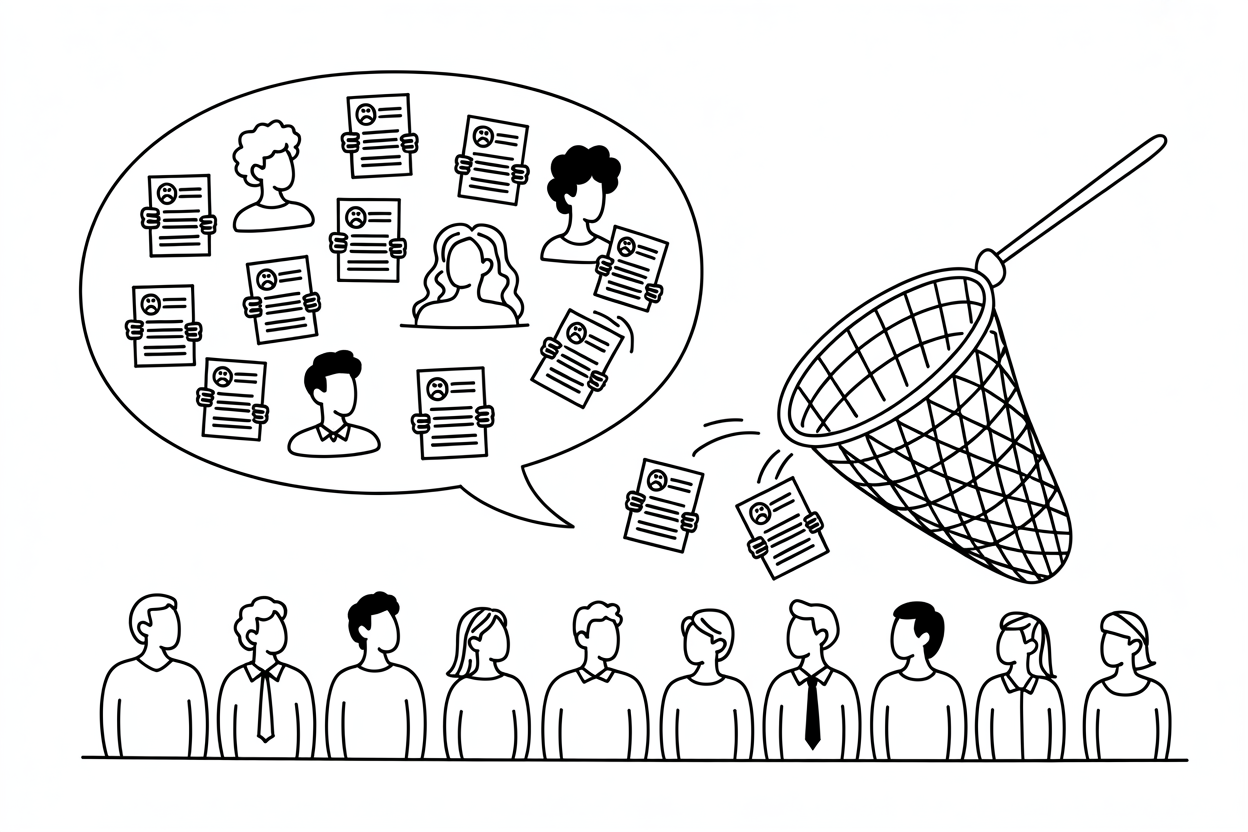
If you’re ready to harness NLP and other cutting-edge AI technologies in a system that actually works the way you do, Machine Hiring might be your answer. Unlike rigid, one-size-fits-all ATS platforms, Machine Hiring builds a radically adaptable recruitment platform custom-tailored to your unique processes. We don’t just offer NLP features - we integrate them into a system designed specifically for how your team operates.
Whether you need sophisticated candidate matching powered by natural language processing, custom workflows that mirror your hiring stages, or seamless integrations with your existing tech stack, Machine Hiring’s team develops it all from the ground up. Our approach? Your process, your rules - with AI and NLP capabilities that enhance rather than replace your human expertise. Ready to see how a truly customized ATS can transform your hiring game? Request a personalized demo and discover what recruiting looks like when technology adapts to you, not the other way around.
Ready to experience NLP in a system built for your unique needs? Get your personalized Machine Hiring demo and see the difference custom-built recruiting technology makes.
